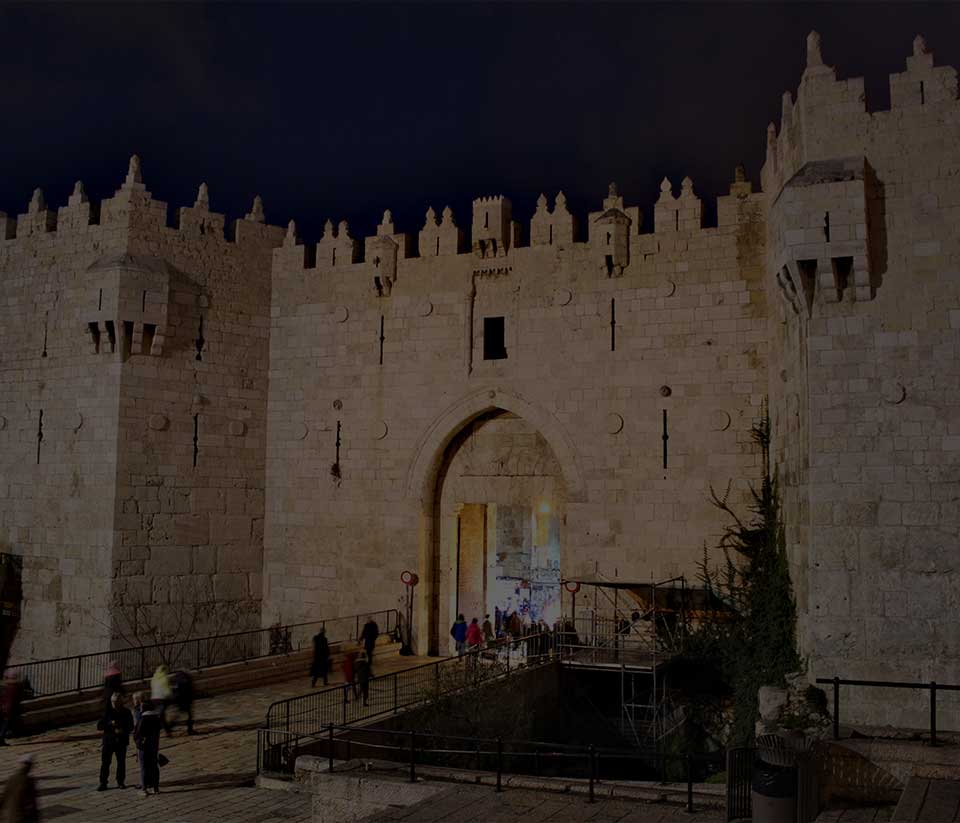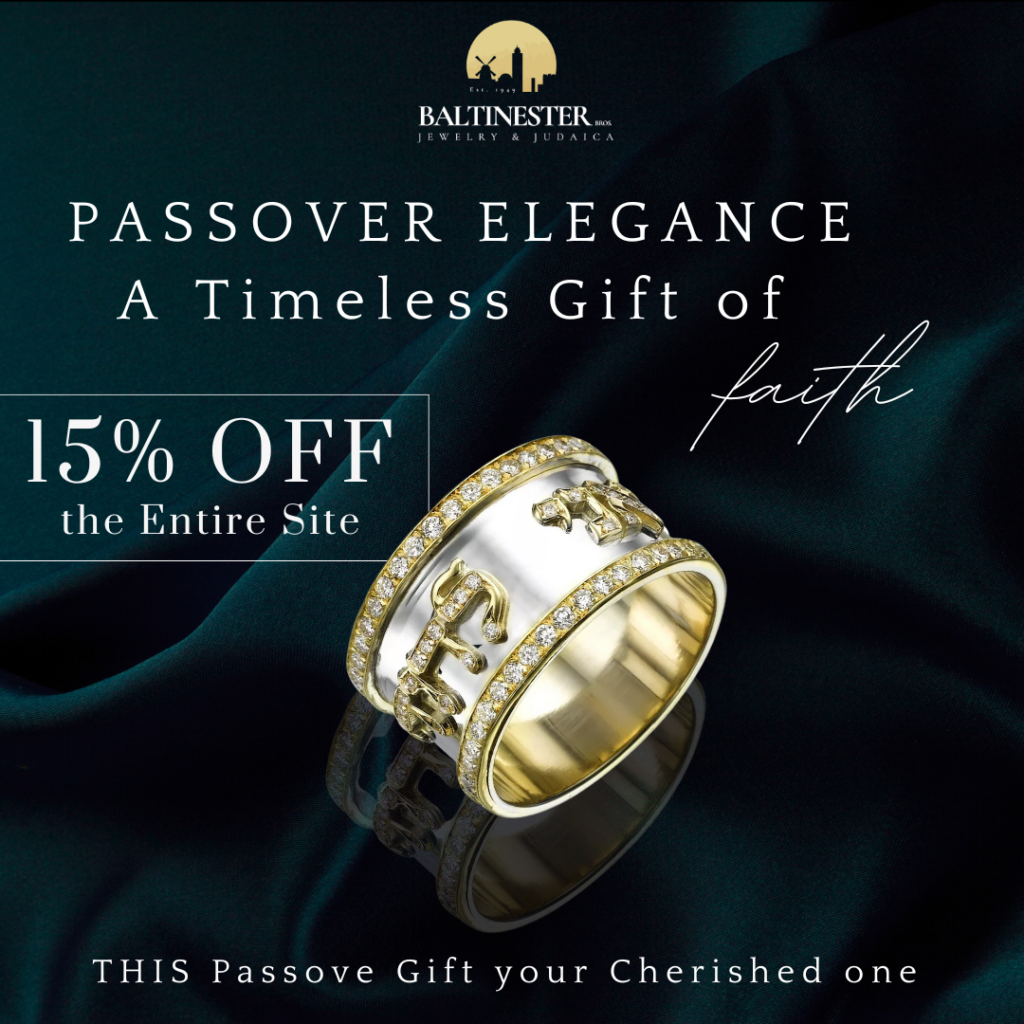There are 9 major Jewish holidays (lucky us) and a few minor ones throughout the Hebrew calendar. The running theme through most of them is jokingly said to be: “they tried to kill us, we won, let’s eat!”
Read on to learn all the action-packed details of the history behind our beloved holidays.
Sukkot
Quickly following Yom Kippur is the holiday of Sukkot. In the Jewish Bible, Sukkot is always referred to as “the time of our happiness.” This begs the question, why is Sukkot a happier time than any other Jewish holiday? The answer is simple but very deep. The joy of Sukkot comes from the lightness we feel after being forgiven and cleansed of all our wrongdoings. We’ve been judged (Rosh Hashanah), we’ve been forgiven (Yom Kippur), and now there is nothing but unburdened joy! To celebrate Sukkot we move into palm frond covered huts outside our homes for a week. This is to symbolize our trust in G-d and to commemorate His protection over us for the forty years the Jewish people wandered in the desert. We also shake a lulav (palm frond) and etrog (citron) every morning while reciting blessings and praises of G-d.
Pesach (Passover)
Perhaps the most significant holiday of the year, Pesach is a celebration of our freedom. It commemorates when G-d took us out of slavery in Egypt and brought us to Israel. It is said that the miracles performed by G-d on our behalf during this time were greater than any in history. The exodus from Egypt is a cornerstone of our faith, showing G-d’s invested interest in our personal actions and well-being. Pesach is celebrated for eight days, the first two of which long feasts (called a Seder) are held at night. It is customary to eat matzah (unleavened bread) and drink four cups of wine at the Seder and to refrain from any leavened bread for the entirety of the holiday.
Shavuot
A holiday that occurs exactly 50 days after Pesach, Shavuot commemorates G-d giving us the Torah on Mount Sinai. It’s a day similar to Shabbat, when people spend time with their families and eat good food and wine. It is also customary for men to stay up the entire night of Shavuot learning Torah.
Tisha B’Av
The saddest day of the Jewish calendar, Tisha B’Av is the day both Holy Temples were destroyed and the Jewish people were cast into exile. It is a fast day which has become a catchall for every tragic event in our history. It is customary to sit on the floor and read the book of Lamentations, and to refrain from joyous or pleasurable activities. It is also a day to yearn and pray for salvation and the rebuilding of the Third Holy Temple, speedily in our days.
Rosh Hashanah
Rosh Hashanah is also known as the Jewish New Year. (Like the Chinese New Year, but less dragons). One of the High Holidays, it is a day of re-coronation of G-d as our King, as well as a day of judgment over our actions of the previous year. While serious, it is also a very festive day with delicious food, shofar blowing, and the traditional fruits: pomegranates, dates, and apples dipped in honey.
Yom Kippur
The second High Holiday, Yom Kippur follows ten days after Rosh Hashanah and is the annual Day of Atonement. It is traditional to fast from sundown to sundown and spend the entire day in synagogue. While Rosh Hashanah is a day of judgment, Yom Kippur is a day of mercy, when we are forgiven for our sins.
Simchat Torah
The last day of Sukkot is really a different holiday called Simchat Torah. Every Shabbat morning in synagogue, a portion of the Bible is read and on Simchat Torah we finish the last section and start over again. To celebrate our excitement for Torah, we dance all night and morning holding the Torah and giving out candies and treats.
Hanukkah
The story of Hanukkah took place in the 2nd century B.C.E. when the Syrian-Greek Empire tried to destroy the Jewish faith and desecrate the Holy Temple. The Maccabees, a small army of righteous Jews led by Judah Maccabi, waged war against their Syrian-Greek oppressors. Although hugely outnumbered, miraculously they emerged victorious and reclaimed Israel from Syrian-Greek control. After winning the war, the Maccabees immediately went to rededicate the Temple and light the holy Menorah. They only had enough pure oil to burn for one day, but a miracle occurred and the oil burned for eight days, a sign of G-d’s returned protection over Israel. Hanukkah was then instituted as a national Jewish holiday when we light a menorah every night for eight nights to commemorate the miracle. It is also traditional to eat food fried in oil, such as doughnuts and latkes (potato pancakes). Yum!
Purim
A fun, festive holiday! Purim commemorates a story that took place in Persia in the 4th century B.C.E. A man named Haman, who was an advisor to the king, plotted to kill all the Jews. The date for this mass execution was picked and approved by the king and letters were sent out throughout the kingdom. It seemed the fate of the Jewish people was sealed. However, prior to this, Esther had been crowned queen of Persia who, unbeknownst to the king, was actually a Jew. Together with her uncle, the great sage Mordechai, she managed to overthrow Haman’s plans and have him executed instead. The day that had been chosen for the Jews’ extinction instead became a day of victory for the Jewish people, and the day afterwards celebrations ensued. Today we celebrate this miracle by dressing in costume, giving out gifts and treats, and eating a festive meal.


I learn there are two calendars covering the times and seasons.